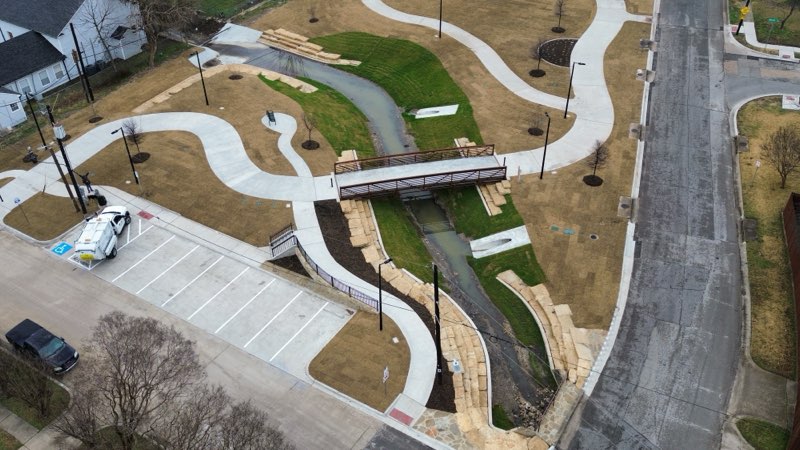
How Weather Conditions Affect Concrete Curing and Durability Mar 26, 2025
Understanding how weather conditions impact concrete curing and durability is essential for anyone involved in construction. At EMG Construction, we know that the success of a project often hinges on getting the concrete right. Proper awareness of how environmental factors affect concrete can dramatically increase the lifespan and strength of your structures.Concrete is a versatile and crucial building material, but its curing and long-term durability can be influenced by several climatic conditions. The process of curing concrete begins the moment water is added to the mix, initiating a chemical reaction known as hydration. Weather plays a critical role during this phase.Temperature is a primary factor in the concrete curing process. Ideal temperatures for curing concrete range from 50 to 90 degrees Fahrenheit. If the weather is too cold, below 40 degrees Fahrenheit, the hydration process slows down significantly, which can lead to weak concrete. In severe cases, if the water in the concrete mix freezes, it can cause the concrete to fracture even before it sets, compromising structural integrity. On the other hand, high temperatures, above 90 degrees Fahrenheit, can accelerate the curing process too quickly, which might lead to cracking and reduced strength.Humidity levels also play a crucial role in concrete curing. In high-humidity environments, there is less evaporation of water from the concrete surface, which is generally beneficial for curing. However, if the humidity is too low, rapid evaporation can occur, resulting in drying shrinkage, cracking, and a weakened surface layer. In extremely dry conditions, covering freshly poured concrete with polyethylene sheets or wet burlap can help to retain moisture and ensure proper curing.Wind speed can affect concrete curing as well. High winds can speed up evaporation at the surface of the concrete, potentially leading to the same issues seen with low humidity. In windy conditions, using windbreaks around the concrete pour can help mitigate these effects, ensuring a more even cure.Rain can also impact concrete pouring and curing. A sudden downpour on newly poured concrete can wash away some of the components, leading to a disproportionate mix and weakening the overall strength. It is always advisable to check the weather forecast before scheduling any concrete pours. If rain is expected, it’s best to delay the pour or protect the area with tarps or tents.Sun exposure should also be considered. Direct sunlight can increase surface temperatures and cause uneven drying, which might lead to surface cracking. When working under such conditions, use sunshades to lessen exposure and ensure a uniform cure.At EMG Construction, we emphasize the importance of monitoring weather forecasts to plan concrete pours appropriately. This strategic planning helps prevent costly delays and ensures the longevity of the concrete. Employing techniques like using retarders to slow down the curing process during extreme heat or accelerators in the cold can help maintain the quality of the concrete.Ultimately, understanding and adapting to weather conditions are crucial for achieving optimal results in concrete curing and durability. By considering factors such as temperature, humidity, wind, and precipitation, you can significantly enhance the strength and lifespan of your concrete projects.Our team at EMG Construction is here to assist with all your concrete needs, ensuring high-quality results every time. Reach out to us for more expert advice and services tailored to withstand any weather challenges.
/filters:no_upscale()/media/0260e8a8-d971-45bd-9bdf-ce5d0481b22d.jpeg)
/filters:no_upscale()/filters:format(webp)/media/7c6561c7-cabe-4325-84e7-9be60279968c.jpg)